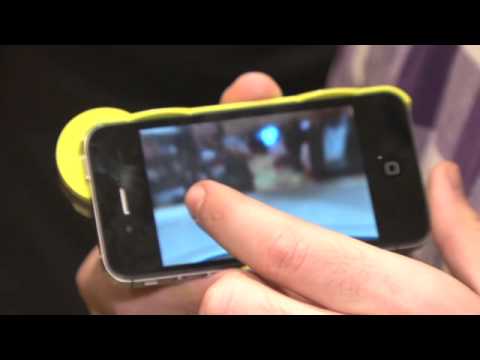Origami Engineering: From Solar Arrays to Nanorobotics
Summary
In this article, we explore the various real-world applications of origami, from solar arrays to nanorobotics. Origami is a versatile technique that can be used to transition between flat and 3D states, making it useful for designing deployable structures like solar panels and spacecraft. The speaker, Tom Hul, a math professor and mathematician, discusses the trade-off between efficiency and symmetry in the folding of structures, as well as the mathematical questions and applications in the field of origami and mechanism.
Table of Contents
- The Versatility of Origami
- The Trade-off Between Efficiency and Symmetry
- Mathematical Questions and Applications in Origami
- The Future of Origami Engineering
The Versatility of Origami
Origami is an ancient Japanese art form that involves folding paper into intricate designs. However, it has found a new purpose in modern engineering. Origami can be used to create deployable structures, such as solar panels and spacecraft, that can transition between flat and 3D states. It is also scalable, making it suitable for designing mechanisms that are either very large or very small. One example of the use of origami in real-world applications is the Miura Ori pattern, which was used in a Japanese mission in 1990.
The Trade-off Between Efficiency and Symmetry
When it comes to folding structures, there is a trade-off between efficiency and symmetry. The more symmetrical a structure is, the more efficient it is in terms of how much it can be compressed. However, achieving symmetry can be difficult and may require more complex folding patterns. Engineers must consider this trade-off when designing structures using origami.
Mathematical Questions and Applications in Origami
The field of origami has also led to many mathematical questions and applications. For example, researchers have discovered a connection between origami and the field of mechanism design, which involves designing machines that can perform specific tasks. Origami has also been used to design nanorobotics, and it is being used to make lightweight and strong materials like epoxy-impregnated aramid fiber.
The Future of Origami Engineering
While origami has many real-world applications, making large amounts of origami by hand is not practical. Therefore, the next frontier in origami engineering is designing machines that can fold patterns. The possibilities for origami are endless, and researchers are excited about the potential to discover new mathematical structures that can be used to solve engineering problems. In the next five years, we can expect to see more breakthroughs in origami engineering.
Conclusion
Origami has come a long way from its origins as an art form. Today, it is being used in a variety of real-world applications, from solar arrays to nanorobotics. The trade-off between efficiency and symmetry in folding structures is an important consideration for engineers, and the field of origami has led to many mathematical questions and applications. As researchers continue to explore the possibilities of origami engineering, we can expect to see more breakthroughs in the next few years.





